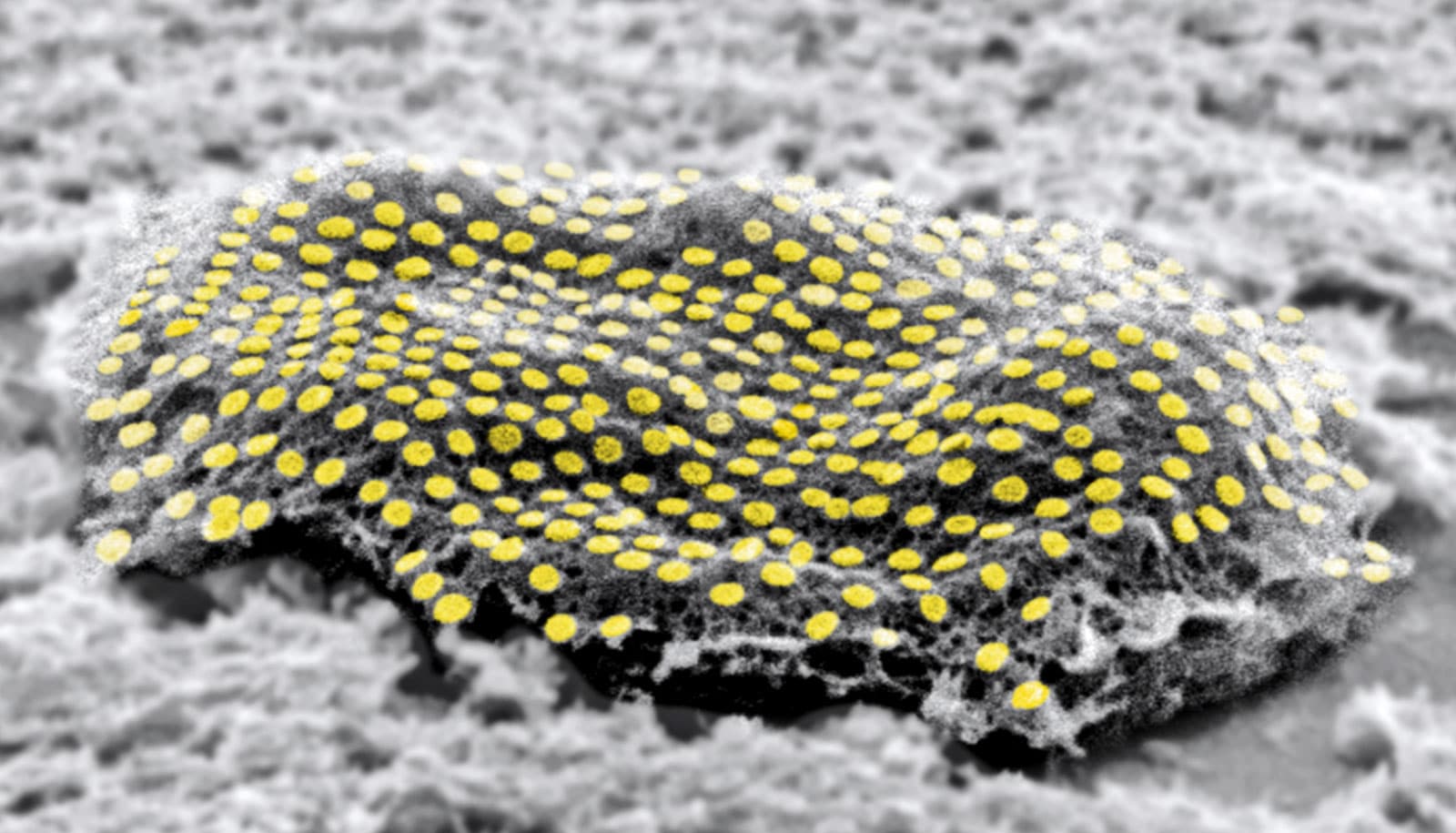In a groundbreaking advancement, a novel technology has emerged that allows for the precise placement of optical components and electronics on live cells, using arrays akin to tattoo-like adhesive patterns. These arrays affix onto cells with a unique flexibility, seamlessly conforming to the cells’ fluid and wet outer structure.
Leading the development of this innovative technology is David Gracias, a professor of chemical and biomolecular engineering at Johns Hopkins University. Gracias envisions a future where these optical tattoos could remotely monitor and regulate individual cell states and their surrounding environments in real time. This could potentially lead to early disease diagnosis and treatment, avoiding the need to wait until entire organs are compromised.
Published in Nano Letters, Gracias’ research has yielded nanoscale tattoos that bridge the gap between living cells and conventional sensors and electronic materials. These tattoos, akin to barcodes or QR codes, are constructed as arrays with gold—a material renowned for its ability to maintain signal integrity in electronic circuitry.
The gold arrays are meticulously crafted to adhere to soft cells, such as fibroblasts that constitute and sustain human tissue. Molecular glues are employed to bind the arrays to an alginate hydrogel film, which in turn attaches to the cells. The molecular glue forms a bond with the cells’ extracellular matrix, a film secreted by the cells.
What sets Gracias’ work apart is its ability to successfully attach intricate nanopatterns to live cells while ensuring cell viability and mobility. Unlike previous challenges where living cells and electronic fabrication methods were incompatible, the nanoscale tattoos permit cells to thrive and move unhindered.
Additionally, the team’s proficiency in creating arrays with specific spacing is crucial. This innovation facilitates the arrangement of sensors and wiring in patterns similar to electronic chips—a prerequisite for utilizing this technology to track vital bioinformation.
Looking ahead, Gracias and his team are determined to expand the capabilities of these nanoscale tattoos. Their focus lies in attaching more intricate nanocircuits that can endure for extended periods and exploring their compatibility with different cell types. This pioneering technology opens new avenues for real-time cellular monitoring and holds the promise of revolutionizing the field of biomedicine.
By Impact Lab


